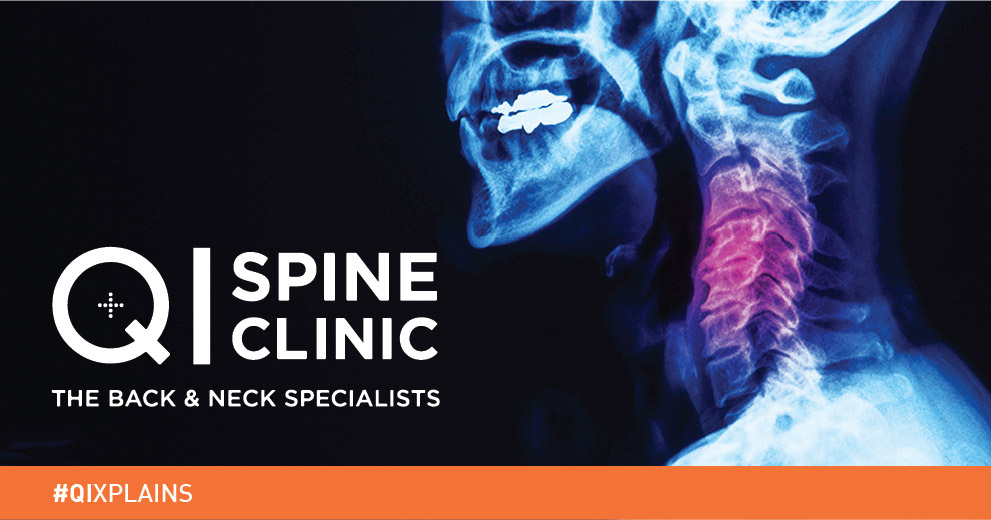How to Manage Spondylosis Pain
, 6 years ago
Spondylosis is the gradual degeneration of bone that affects your spine. It is one of the most common forms of bone degeneration and normally affects middle-aged & older age groups.
Initially, the pain is mild which the patient manage with over-the-counter painkillers. But then their condition starts to get worse and interfere with their daily life. The patient starts to experience pain with walking, standing, sitting, back and neck movement, bending etc. While bone degeneration can’t be reversed the spine specialists work on strengthening the muscles of the affected area to reduce pain and improve the mobility of the patient.
“What we focus at is to help our patients regenerate their muscle strength to compensate for the loss of bone strength with our unique
cellular repair technology. Our spine specialists are specially trained to identify the root cause of the problem. We have treated many cases where the condition of the patient improved significantly with our targeted and tailored spine rehabilitation programs”, says Dr.Neha Narula, Senior Spine Specialist, QI Spine Clinic.
What causes Spondylosis
Our bones start to weaken by regular wear and tear, as we grow old. Moreover, with ageing, the drying up of intervertebral discs happen and spinal joints are affected as bone spurs grow (osteophytes), which facilitates the frictionless movement of joints. As a result, we start experiencing pain and stiffness in the back and the neck. The condition is further accelerated by:
- Sitting in the incorrect position
- Injury in the spinal cord or partial dislocation of discs
- Carrying heavy weights for over a period or lifting heavy weights on a regular basis
- How to take care of yourself if you have Spondylosis
Do’s
- Focus on strengthening your muscles and reduce stress on your spinal cord.
- Practice correct posture while sitting or standing
- Sleep on a firm mattress
- Take rest by lying down in case you have severe back or neck pain
- Use laptop stands and chairs with back support
- Use cervical collar while travelling or working in case of acute neck pain
- Follow a healthy diet
Don’ts
- Don’t practice wrong standing or sitting positions
- Don’t use soft, fluffy pillows
- Don’t sleep on your stomach as it worsens the pain
- Don’t make sudden or jerky movements like sudden bending or twisting
- Don’t lift heavy-weight
Exercises to manage Spondylosis Pain
These simple exercises under the can help to relax your neck muscles and ease the pain.
- Chin tuck: Put your chin forward and make it touch your chest.
- Neck stretch: Push your chin up and hold the position for 10 seconds on each side.
- Neck tilt side-by-side: Tilt your head to one side and then to another and repeat for
10 counts.
- Neck turn: Turn your head from one to another without stressing your neck muscles.
How to tell if you may have Spondylosis:
- You have radiating pain into your arms from your neck
- You have radiating pain into your legs from your back
- Loss of bladder or bowel control
In case you are experiencing any of these symptoms, visit your nearest spine specialist clinic immediately. The spine rehabilitation program at QI Spine is completely drug-free. They focus on managing the pain by improving the strength of the supporting musculature of the spine, to help patients regain their confidence.
If you or someone you know is experiencing spondylosis like symptoms, then book an
appointment with QISpine Clinic today.
Fill out the request appointment form or call
086558 85566 now.

